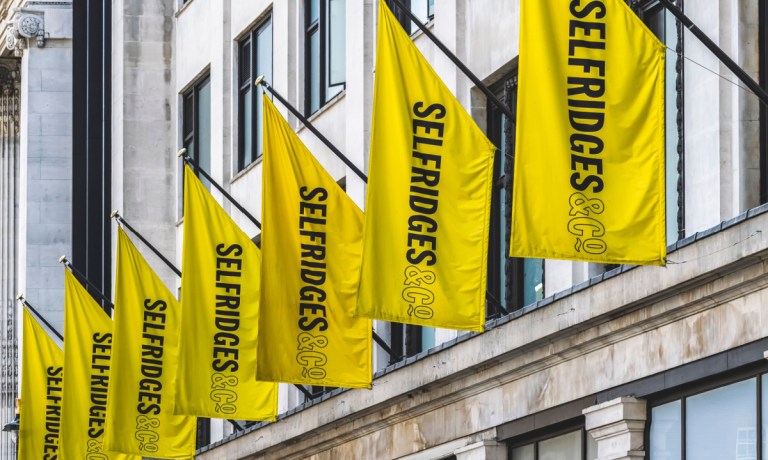
When was the last time you saw the Yellow Pages? Probably in 2019, since that was the last time it was published.
Well, that thick, yellow book, which was created as a business telephone directory and once served as an invaluable tool for consumers seeking products and services in their local communities, is coming back — but with a fashionable twist.
The book, which originated in 1886, was once a lifeline for those looking for anything from plumbers and electricians to restaurants and retail stores. Its iconic yellow color and alphabetical listings made it an easily recognizable and widely trusted resource for decades.
For businesses, being listed in the Yellow Pages was akin to having a prime storefront on Main Street. It provided them with visibility to a broad customer base and helped build trust in their services or products. For consumers, it was a quick and reliable way to find local businesses, compare services and make informed decisions.
The Yellow Pages acted as a bridge between supply and demand, fostering local economic growth.
However, as the digital age dawned, the relevance of physical directories began to decline. With the advent of online search engines and digital marketing, businesses found more cost-effective ways to reach their target audiences.
In the spirit of innovation and cultural relevance, luxury retailer Selfridges has taken a nostalgic approach in serving up its own rendition of the Yellow Pages in a new form — a 72-page zine that transcends traditional retail offerings. The move comes as consumers expect more than just products from retailers.
Selfridges’ Yellow Pages serves as a curated guide to the cultural events happening in London and Manchester, the retailer’s two primary locations. The aim is to address the idea that in today’s fast-paced world, consumers are seeking experiences beyond mere transactions. By aligning with cultural events and showcasing artistic expressions, Selfridges is positioning itself as not just a retailer but a cultural hub.
“We’re positioning ourselves at the epicenter of new season and cultural conversation, helping customers to navigate straight to the ‘good stuff’,” Laura Weir, executive creative director at Selfridges, told WWD.
This contemporary guide, inspired by the Yellow Pages but updated for the modern era, seeks to transcend the purely transactional aspects of conventional directories. Instead, it delves deep into the cultural fabric of these two dynamic cities, highlighting the spirit of creativity and community that defines them.
For example, it spotlights occasions such as Danny Boyle’s staging of “Free Your Mind,” infusing the cultural panorama with a dose of theatrical enchantment. Furthermore, the zine pays tribute to the 40th anniversary and re-release of the documentary “Stop Making Sense,” showcasing the rock band Talking Heads.
At its core, Selfridges’ adaptation of the Yellow Pages seeks to mirror the shifting role of retailers. It acknowledges that consumers are in search of more than just products — they seek experiences, culture and community engagement. Through the curation and celebration of the cultural fabric of their locales, Selfridges is establishing itself as a brand that comprehends the evolving desires and expectations of its audience, thus reshaping the notion of luxury retail.
The zine will serve as a guide to events occurring in September and October in the vicinity of Selfridges. These include highlights such as the Versace exhibit at The Corner Shop; the Jil Sander Kiosk offering coffee, tea, limited edition books, magazines and stationery; Harris Reed’s inaugural collection for Nina Ricci; and a Martine Rose pop-up in the Men’s Designer Street Room.
In April, PYMNTS reported that Gen Z individuals have a strong desire to immerse themselves in the pop culture and trends of previous decades, even if they didn’t directly experience them. While nostalgia is common across all age groups to some degree, Gen Z stands out as the most nostalgic generation, with 15% expressing a preference for reminiscing about the past rather than pondering the future. Millennials come in as a close second at 14%, and this inclination tends to decrease as individuals get older.
Furthermore, studies suggest that nostalgia in media is primarily driven by Gen Z and millennials, with Gen Z leading the way at 50%, closely followed by 47% of millennials.
To relive those nostalgic moments, Gen Z has adopted items such as flip phones and digital cameras, returning to a simpler era and rejecting sensory overload. This shift not only helps them in reducing excessive stimulation but also allows them to express their individuality.
For all PYMNTS retail coverage, subscribe to the daily Retail Newsletter.